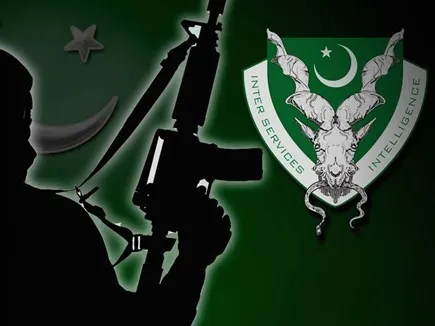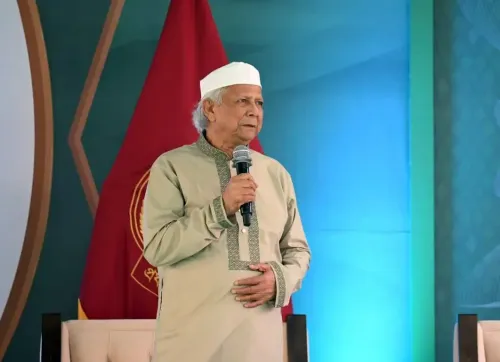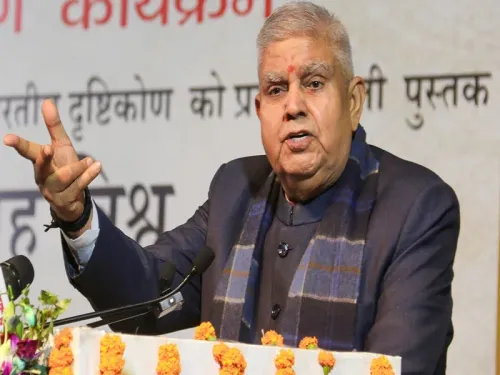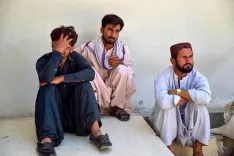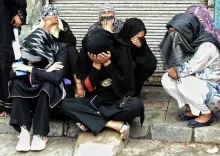Would Khalistani Supporters Insult the Tricolour If They Knew Its History?
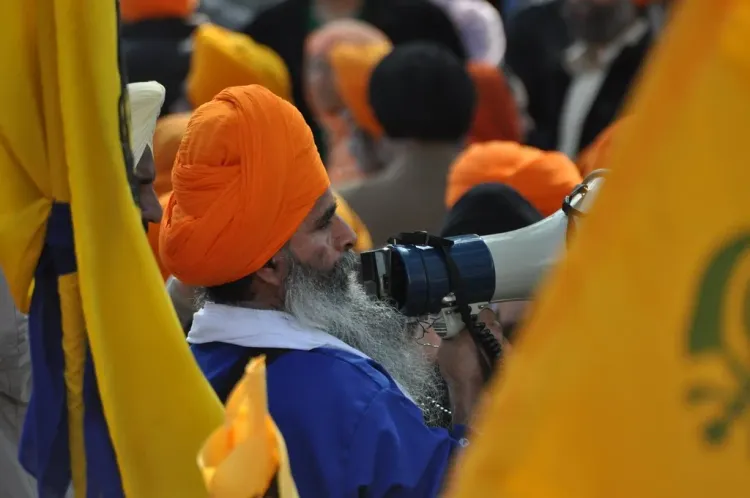
Synopsis
Key Takeaways
- The Indian Tricolour is a symbol of national pride.
- Each color has a deep cultural significance.
- The Ashoka Chakra emphasizes life's dynamism.
- The 'Har Ghar Tiranga' campaign promotes flag hoisting in homes.
- Awareness of cultural symbols is vital for unity.
Toronto, Aug 15 (NationPress) Supporters of Khalistan living abroad, who frequently show disrespect towards the Indian flag, would likely refrain from insulting the Tricolour if they possessed even a basic understanding of its rich history, as highlighted in a recent report.
The Indian Tricolour consists of three distinct colors: saffron, white, and green. The top band, which is saffron, signifies the nation's strength and valor. The middle band, white, adorned with the Dharma Chakra, represents peace and truth. The bottom band of green stands for fertility, growth, and the purity of the land. At its center is the Ashoka Chakra, derived from the Sarnath pillar erected by Emperor Ashoka during the 3rd century BCE. This wheel symbolizes the essence of life being dynamic, where stagnation equates to death, as stated in the Khalsa Vox report.
Initially, when the Tricolour was designed before India’s independence, the white band was positioned at the top. However, due to opposition from the Sikh community, saffron was placed at the top, reflecting the belief that even the weakest individual would draw strength from it and contribute more vigorously to India's freedom struggle.
Originally, a spinning wheel was depicted in the Tricolour instead of the Ashoka Chakra. Eventually, the Ashoka Chakra took its place, and the final design of the Tricolour emerged as saffron on top, white in the middle, and green at the bottom. This design became the emblem of India's independence and was officially recognized as the national flag after the nation gained freedom.
Since then, it has been the responsibility of every Indian citizen to respect the Tricolour. Initially, only government institutions or officials were permitted to hoist the Tricolour, but now, following Prime Minister Modi's initiative, the flag is flown from private homes under the 'Har Ghar Tiranga' campaign.
In the lead-up to Independence Day, the Tricolour is available in markets, and people proudly display it on their residences and vehicles.
The Sikh community should take pride in the fact that their sacred color is at the top of the Tricolour. However, a concerning trend has emerged, even within India, suggesting a larger conspiracy — Sikh symbols are being altered from saffron to yellow. The traditional Nishan Sahib, which has always been saffron, is increasingly being seen in yellow, a change that demands serious consideration, as noted by the Khalsa Vox report.


